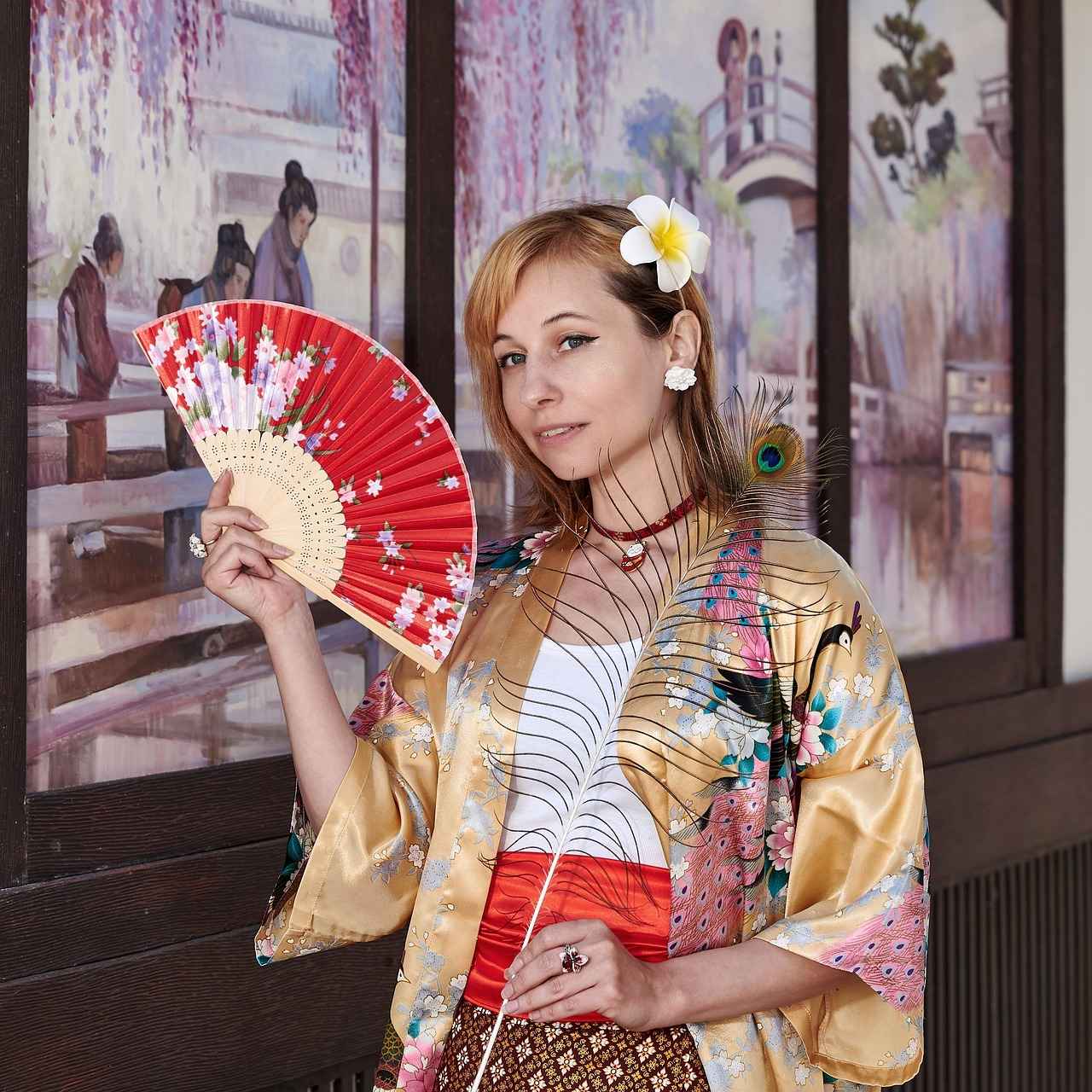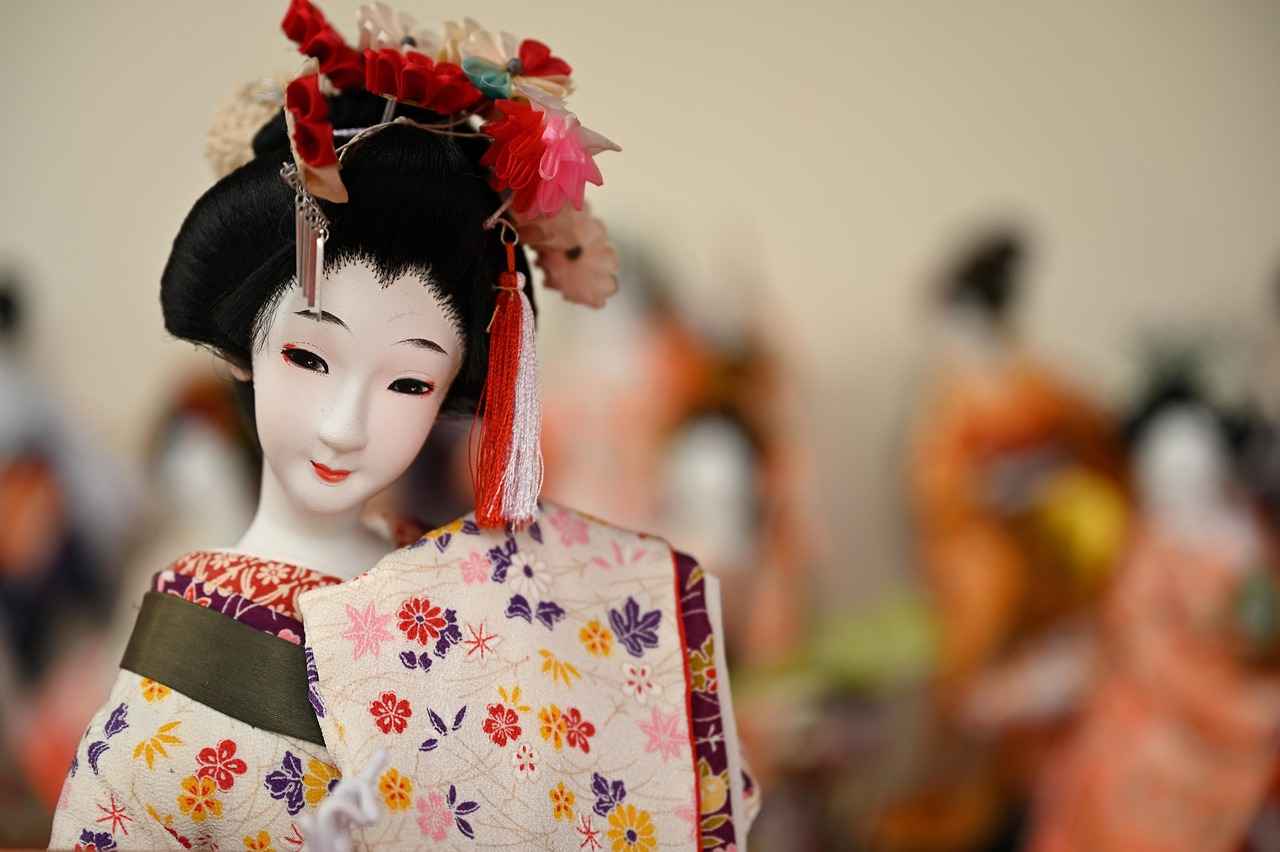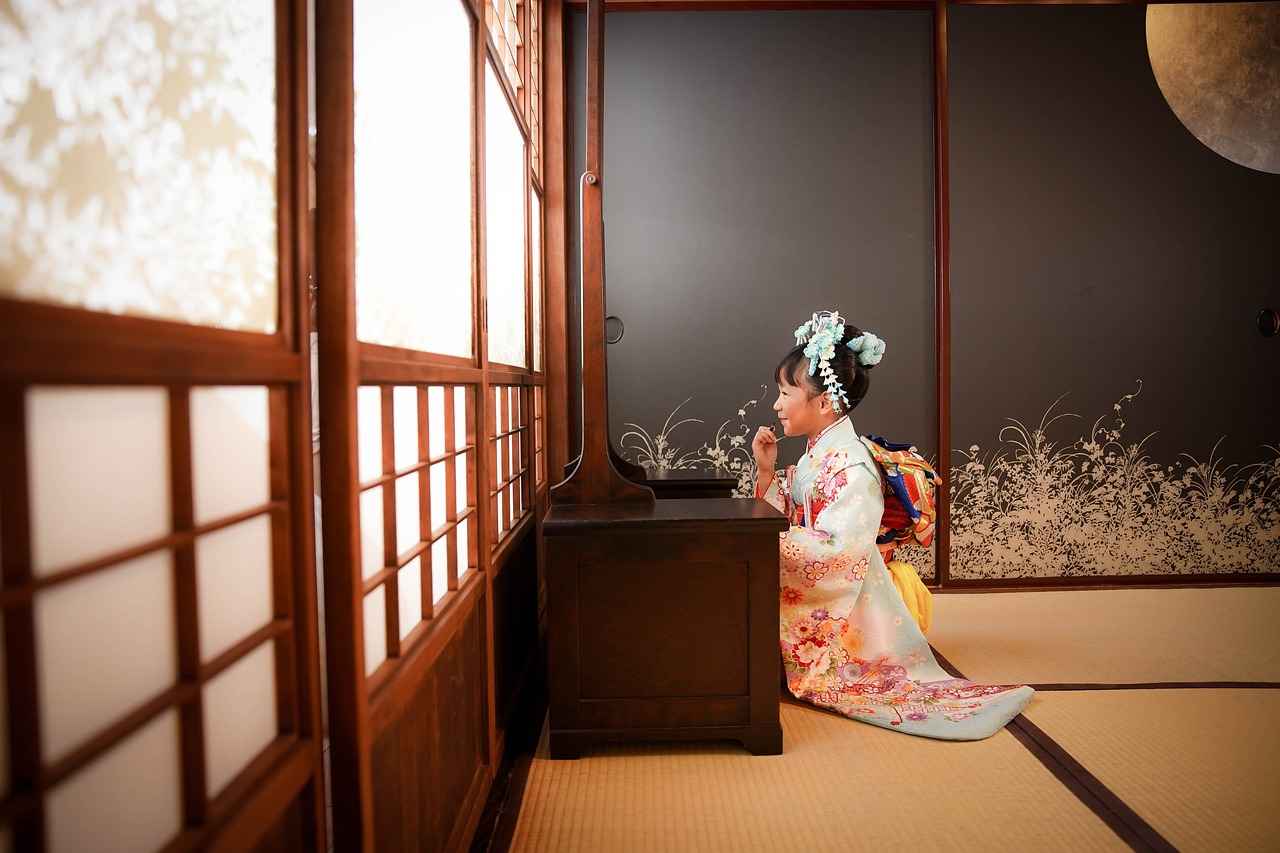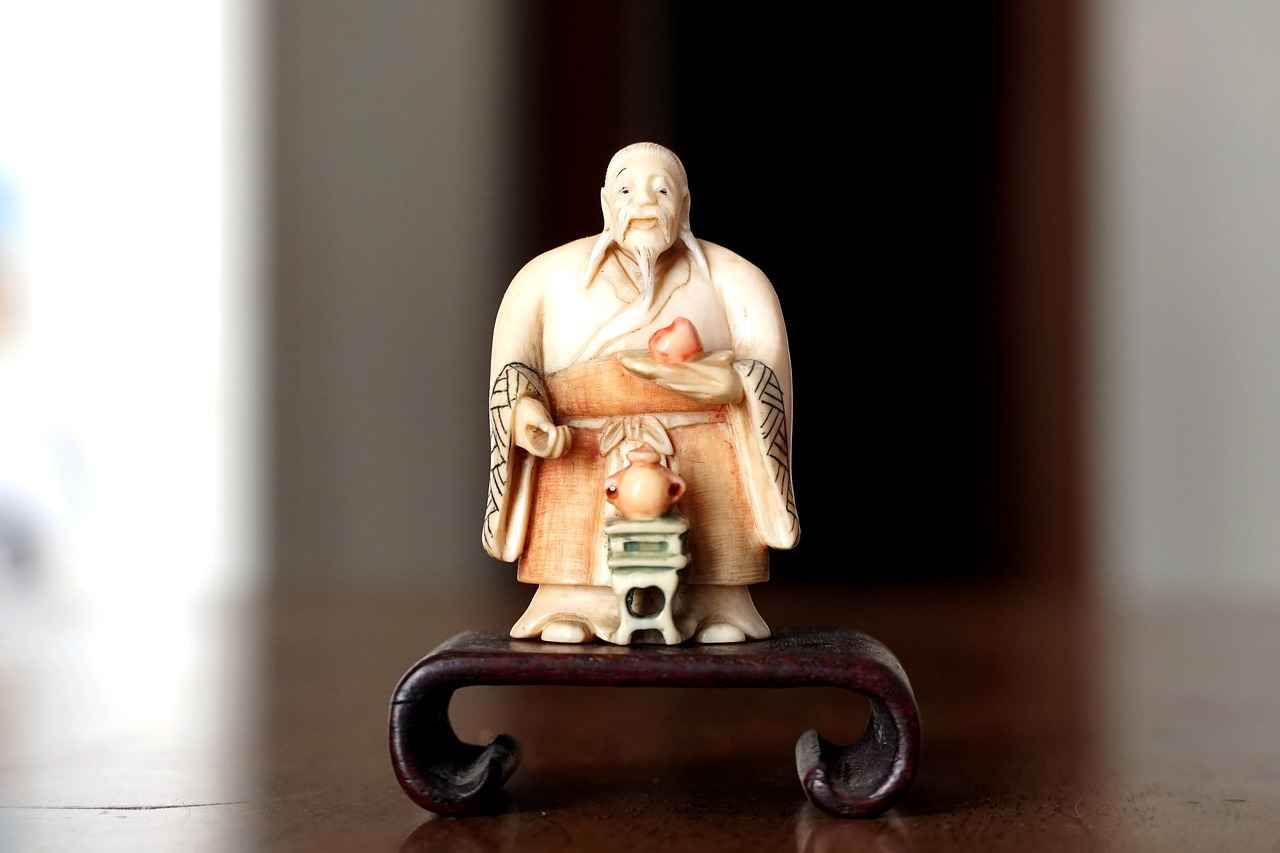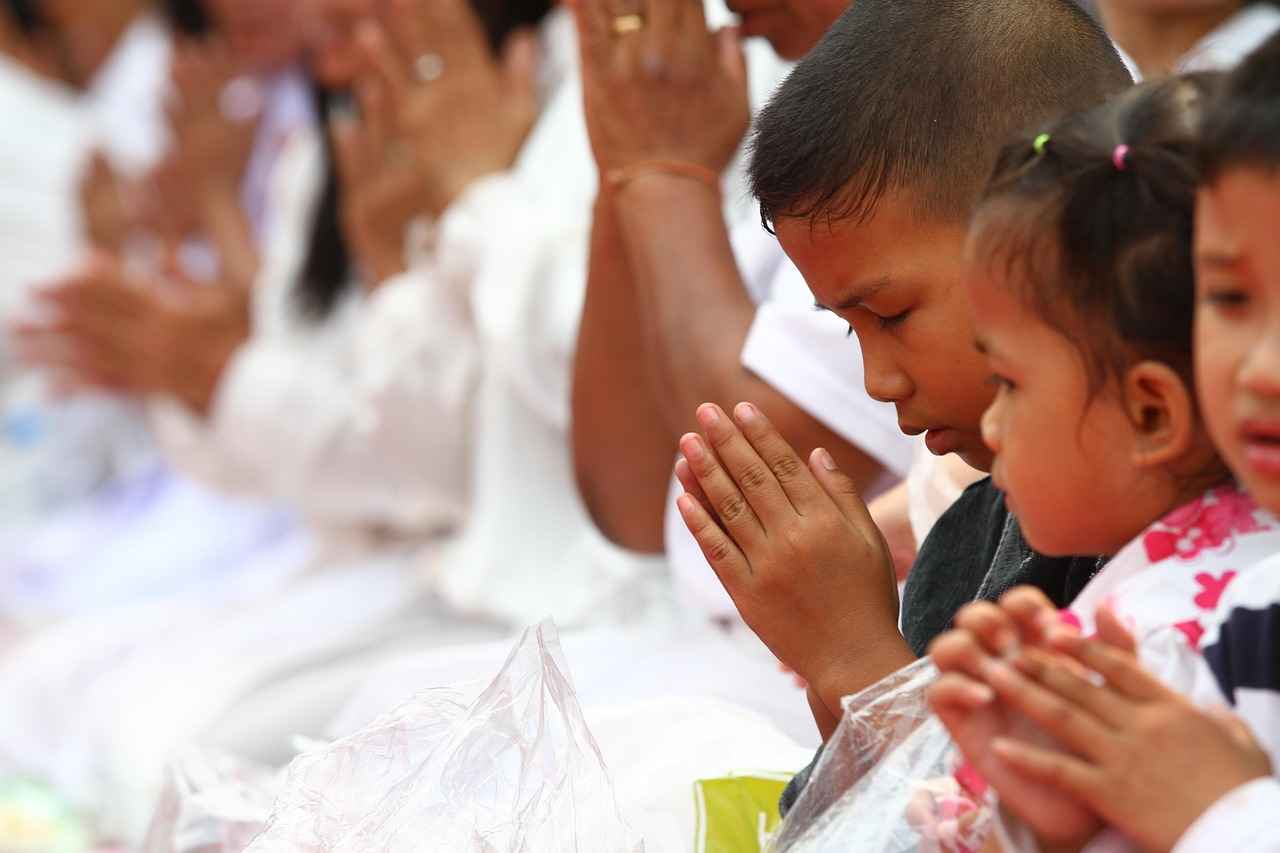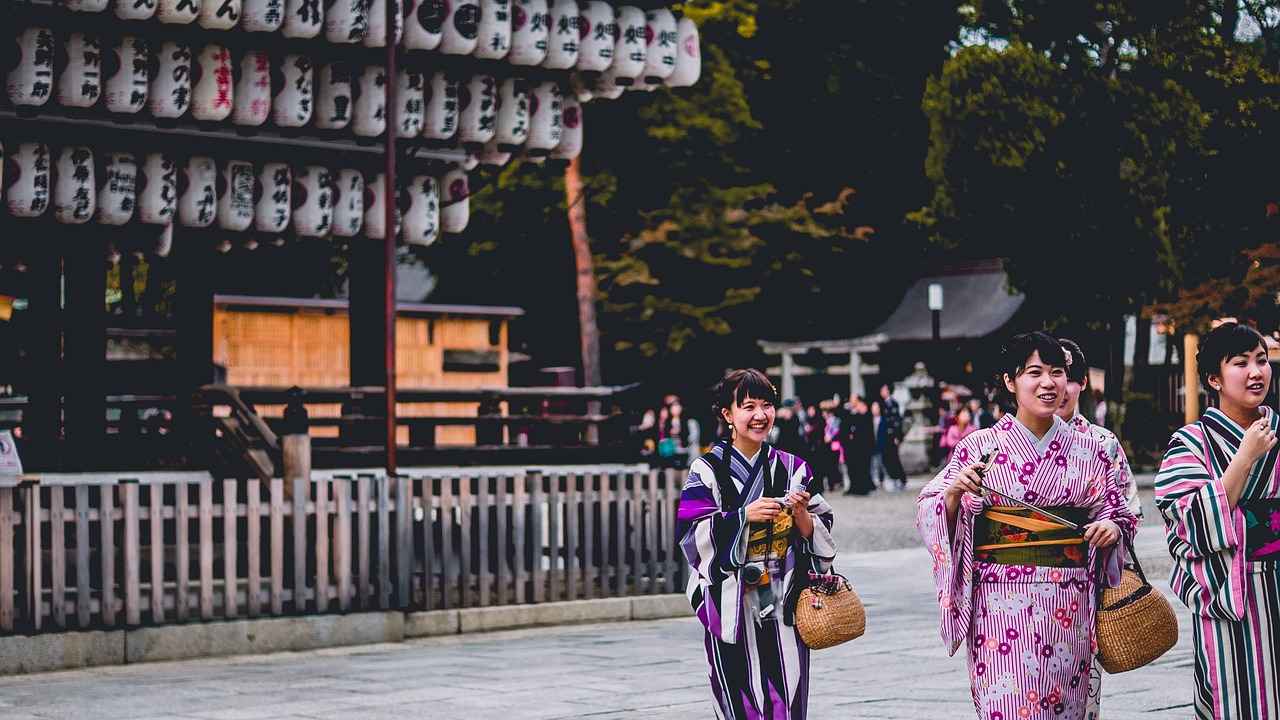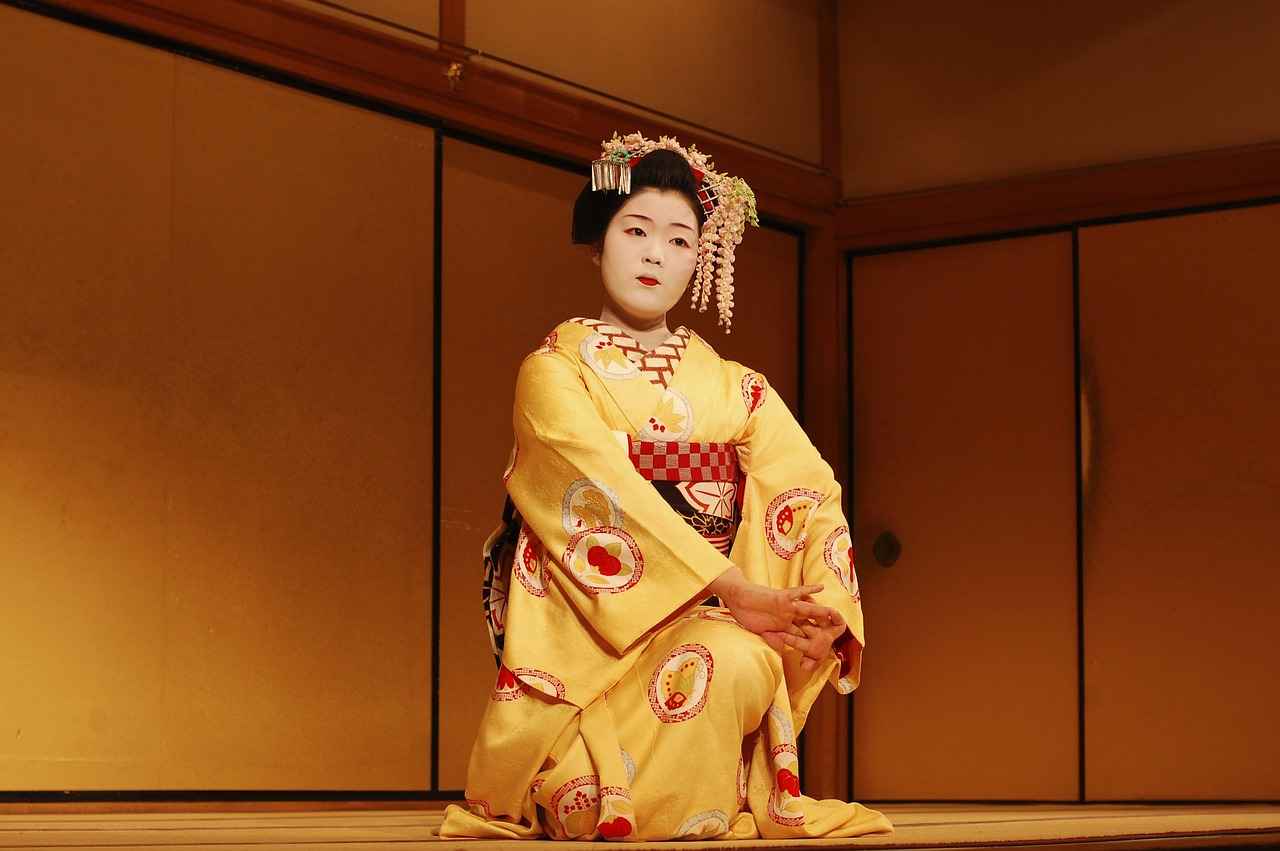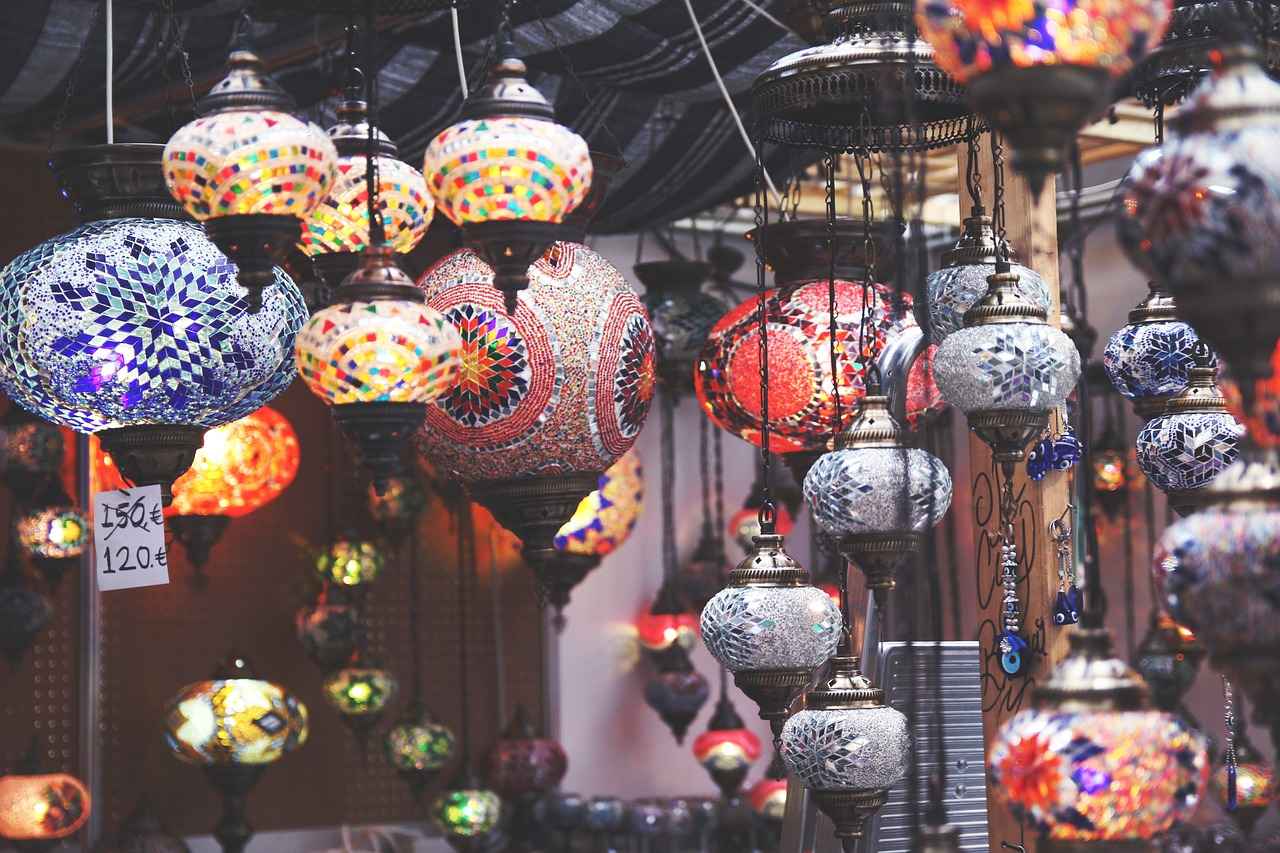This comprehensive guide explores the rich history, various styles, and fabric choices of women’s kimonos, providing insights for enthusiasts and newcomers alike. The kimono, a traditional garment of Japan, is not just clothing; it embodies cultural heritage and artistry.
1. The History of Kimono
Understanding the origins of the kimono helps appreciate its cultural significance. The kimono has evolved from simple robes worn in ancient Japan to the intricate garments we see today. This section delves into its historical journey, highlighting key periods and influences that shaped its design and use.
2. Different Styles of Kimono
Kimonos come in various styles, each serving different occasions. Here, we explore the most popular styles:
- Furisode: Characterized by long sleeves and vibrant colors, often worn by young unmarried women during special occasions.
- Tomesode: A formal kimono for married women, known for its shorter sleeves and elegant designs.
- Yukata: A casual summer kimono made of cotton, perfect for festivals and hot weather.
3. Fabrics Used in Kimonos
The choice of fabric significantly affects the kimono’s appearance and comfort. Traditional materials include:
- Silk: Luxurious and soft, ideal for formal occasions.
- Cotton: Lightweight and breathable, perfect for casual wear.
- Synthetic Fabrics: Affordable and easy to care for, suitable for everyday use.
4. How to Wear a Kimono
Wearing a kimono correctly is essential for both style and comfort. This section provides a step-by-step guide on how to properly wear and style a kimono, including essential accessories such as obi and obijime.
5. Caring for Your Kimono
Proper care ensures the longevity of your kimono. Tips for cleaning, storage, and maintenance are essential to keep your garment in pristine condition.
6. The Modern Kimono: Trends and Adaptations
Today, the kimono has adapted to contemporary fashion trends, with designers reinterpreting its traditional elements for modern wear while preserving its cultural essence.
7. Where to Buy Kimonos
Finding the perfect kimono can be a delightful experience. This section highlights reputable stores and online platforms for purchasing authentic kimonos.
8. Conclusion: Embracing the Kimono
The kimono is more than just clothing; it is a symbol of culture and tradition. Embrace its beauty and significance by incorporating it into your wardrobe.
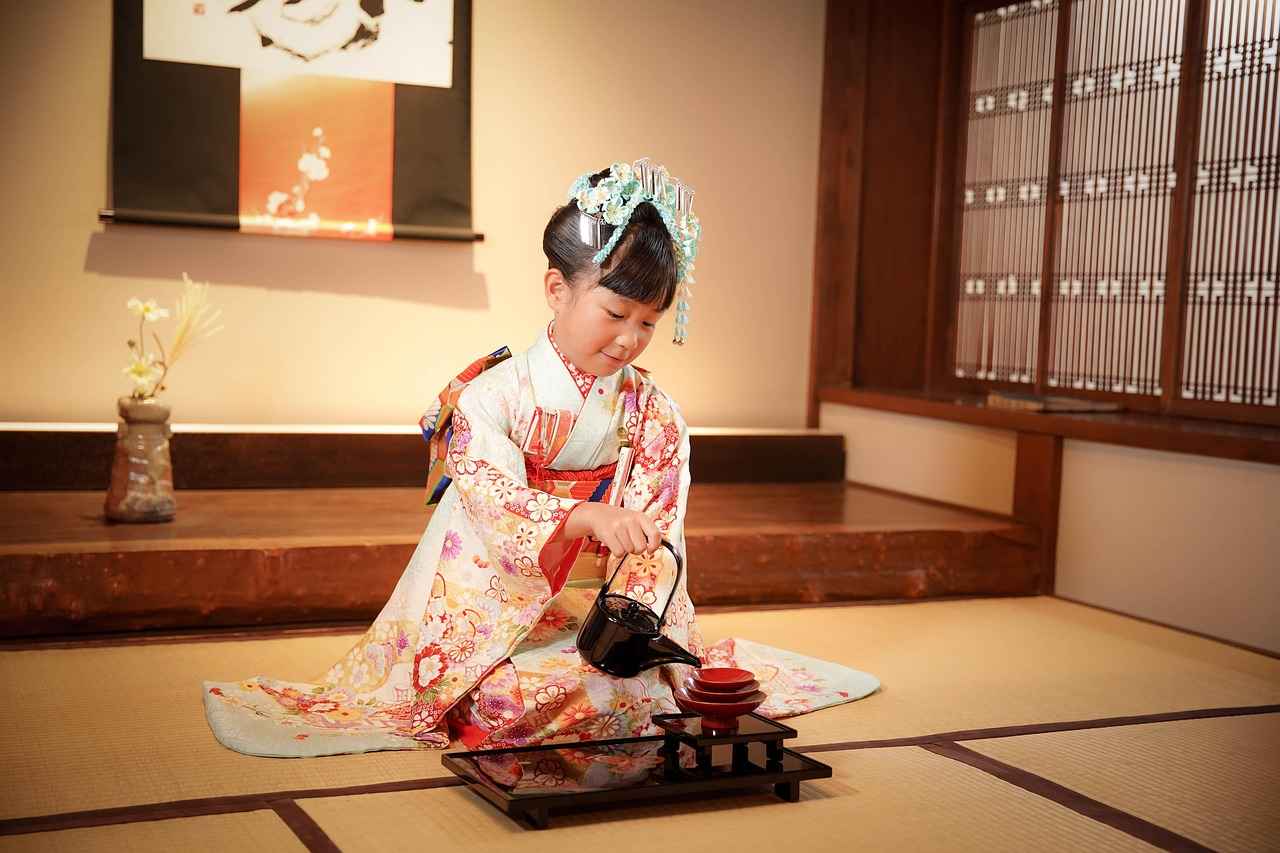
1. The History of Kimono
Understanding the origins of the kimono is essential for appreciating its profound cultural significance. The kimono, a traditional Japanese garment, has a rich history that reflects the evolution of Japanese society and aesthetics over the centuries. This section explores the journey of the kimono from its ancient roots to its modern interpretations.
The earliest forms of the kimono can be traced back to the Heian period (794-1185), where it was primarily a simple garment worn by both genders. These early kimonos were made from natural fibers and featured straight lines, which allowed for ease of movement. As time progressed, the kimono underwent significant transformations influenced by various historical events, including the Muromachi period (1336-1573), during which the garment began to be more stylized and colorful.
During the Edo period (1603-1868), the kimono became a symbol of status and identity. The intricate designs and patterns reflected the wearer’s social standing, with specific colors and motifs associated with different occasions. For instance, the Furisode, characterized by its long sleeves, was worn by young unmarried women and became a symbol of youth and beauty.
In the modern era, the kimono has adapted to contemporary fashion while retaining its cultural essence. Today, kimonos are not only worn during traditional ceremonies but also as fashionable attire in everyday life. Designers have reimagined the kimono, blending traditional elements with modern styles, making it accessible to a broader audience.
In conclusion, the kimono is not merely a piece of clothing; it is a living testament to Japan’s rich cultural heritage. Understanding its history allows us to appreciate its beauty and significance in both traditional and modern contexts.

2. Different Styles of Kimono
Kimonos are a quintessential part of Japanese culture, embodying elegance and tradition. With a rich history spanning centuries, these garments come in a variety of styles, each designed for specific occasions and purposes. In this section, we delve into some of the most popular styles of kimono, including Furisode, Tomesode, and Yukata.
- Furisode: Known for its long, flowing sleeves, the Furisode is often adorned with vibrant colors and intricate patterns. This style is predominantly worn by young, unmarried women during significant ceremonies, such as weddings and Coming-of-Age Day celebrations. The Furisode symbolizes youth, beauty, and the transition into adulthood.
- Tomesode: In contrast to the Furisode, the Tomesode features shorter sleeves and is typically worn by married women. This style is characterized by its elegant designs, often featuring subtle patterns and muted colors. Tomesode kimonos are usually reserved for formal occasions, such as weddings or tea ceremonies, where they reflect the wearer’s status and sophistication.
- Yukata: The Yukata is a casual summer kimono made from lightweight cotton fabric. It is often worn during festivals, outdoor events, and casual gatherings. The Yukata is characterized by its bright colors and fun patterns, making it a popular choice for both men and women during the warmer months.
Each of these styles serves a unique purpose and reflects the rich cultural heritage of Japan. Understanding the differences between them allows individuals to choose the appropriate kimono for various occasions, ensuring that they honor the traditions associated with this beautiful garment.
In conclusion, kimonos are not merely clothing items; they are a celebration of Japanese culture, history, and artistry. Whether it’s the youthful exuberance of the Furisode, the elegant grace of the Tomesode, or the casual charm of the Yukata, each style holds a special place in the hearts of those who wear them.
2.1 Furisode Kimono
The Furisode Kimono is a stunning representation of Japanese culture, known for its long sleeves and vibrant colors. Traditionally worn by young unmarried women, the Furisode is often seen during significant life events and celebrations, making it a symbol of youth and beauty.
This exquisite garment is not just a piece of clothing; it embodies a rich history and cultural significance. The Furisode is typically characterized by its intricate designs, which can include floral patterns, seasonal motifs, and bold colors that reflect the personality of the wearer. Each design often carries a deeper meaning, symbolizing various aspects of life, such as happiness, prosperity, and good fortune.
Occasions for Wearing Furisode
- Coming-of-Age Day: This important ceremony marks the transition into adulthood, where young women don their Furisode to celebrate.
- Weddings: Furisode may also be worn by brides or guests, showcasing the beauty and elegance of the event.
- Graduations and Festivals: These events provide an opportunity for women to wear their Furisode, celebrating milestones and traditions.
Choosing the Right Furisode
When selecting a Furisode, it is essential to consider several factors:
- Color: Bright and bold colors are often preferred, but the choice should reflect the occasion’s formality.
- Pattern: Different patterns can signify various meanings, so understanding their symbolism can enhance the experience.
- Material: The choice of fabric, whether silk or cotton, affects the overall look and comfort.
In conclusion, the Furisode kimono is more than just a garment; it is a celebration of Japanese heritage and a reflection of personal expression. Whether worn during a significant ceremony or a festive occasion, the Furisode remains a timeless piece that connects generations through its beauty and cultural significance.
2.1.1 Occasions for Furisode
Furisode kimonos hold a special place in Japanese culture, often associated with significant life events that mark the transition into adulthood. These exquisite garments, characterized by their long sleeves and vibrant designs, are traditionally worn by young, unmarried women during important ceremonies.
One of the most notable occasions for wearing a Furisode is Coming-of-Age Day, celebrated annually in Japan. This holiday honors individuals who have reached the age of 20, symbolizing their transition into adulthood. On this day, many young women don Furisode kimonos to celebrate their newfound status, showcasing their beauty and cultural heritage.
Another important event where Furisode kimonos are commonly worn is during weddings. In these ceremonies, the bride may choose a Furisode as part of her outfit, representing her youth and vitality. The vibrant colors and intricate patterns of the kimono not only enhance the celebratory atmosphere but also reflect the joy and hope associated with marriage.
Additionally, Furisode kimonos are often worn at graduation ceremonies and formal celebrations, where they serve as a symbol of achievement and pride. The striking appearance of the Furisode makes it a popular choice for any significant life milestone, allowing wearers to express their individuality while honoring tradition.
When selecting a Furisode, it is essential to consider the color, pattern, and overall design, as these elements can convey various meanings and emotions. By choosing a Furisode that resonates with the occasion, wearers can enhance the significance of their participation in these cherished events.
2.1.2 Choosing the Right Furisode
Choosing the Right Furisode is an important process that requires careful consideration of several factors to ensure that the kimono not only looks beautiful but also suits the occasion perfectly. The Furisode, known for its long sleeves and vibrant colors, is typically worn by young, unmarried women during significant ceremonies. Here are some key aspects to consider when selecting the right Furisode:
- Color: The color of the Furisode plays a vital role in its overall appeal. Bright and bold colors are often favored for festive occasions, while softer hues may be more appropriate for formal events. Consider the season as well; for example, pastel shades are popular in spring, while deeper colors are suitable for autumn.
- Pattern: Patterns can convey various meanings and emotions. Floral designs symbolize beauty and femininity, while geometric patterns may represent stability and strength. It’s essential to choose a pattern that resonates with your personal style and the message you wish to convey at the event.
- Significance of Design: Each design element in a Furisode holds cultural significance. For instance, cranes and cherry blossoms are auspicious symbols in Japanese culture, representing good fortune and new beginnings. Understanding these symbols can help you select a kimono that aligns with the event’s formality and purpose.
- Event Formality: The formality of the event dictates the style and embellishment of the Furisode. For high-profile events like weddings or Coming-of-Age ceremonies, opt for elaborate designs with intricate details. Conversely, simpler styles may be more suitable for less formal gatherings.
In summary, when choosing a Furisode, take into account the color, pattern, and design significance to ensure it aligns with the event’s formality. This thoughtful approach will not only enhance your appearance but also honor the cultural traditions associated with this beautiful garment.
2.2 Tomesode Kimono
The Tomesode is a traditional Japanese kimono that holds a prestigious place in the attire of married women. Distinguished by its shorter sleeves and exquisite designs, the Tomesode is often chosen for weddings, formal gatherings, and significant celebrations, embodying elegance and cultural heritage.
Originating from the Edo period, the Tomesode has evolved to reflect the changing tastes and styles of Japanese fashion. Unlike the Furisode, which features long sleeves and is typically worn by unmarried women, the Tomesode’s design signifies a woman’s marital status. This formal kimono is usually adorned with intricate patterns and motifs that symbolize good fortune and prosperity.
There are two main types of Tomesode: the kuro-tomesode, which is black and often features colorful designs at the hem, and the iro-tomesode, which comes in various colors and is suitable for different occasions. The choice between these two types often depends on the formality of the event and personal preference.
| Type of Tomesode | Description |
|---|---|
| Kuro-Tomesode | Black kimono with colorful designs, worn for formal events. |
| Iro-Tomesode | Colored kimono suitable for various occasions, less formal than Kuro-Tomesode. |
When selecting a Tomesode, it is essential to consider the occasion, as well as the appropriate accessories to complement the outfit. Traditional accessories such as the obi (belt) and obijime (decorative cord) play a crucial role in enhancing the overall appearance.
In conclusion, the Tomesode kimono is not just a garment; it is a reflection of culture, tradition, and personal style. It represents the grace and elegance of married women in Japan, making it a timeless choice for formal occasions.

3. Fabrics Used in Kimonos
The choice of fabric significantly affects the kimono’s appearance and comfort. In this section, we will explore various traditional materials used in kimonos, including silk, cotton, and synthetic options. Understanding these fabrics will help you make informed decisions when selecting a kimono for any occasion.
1. Silk Kimonos
Silk is often regarded as the most luxurious fabric for kimonos. Its natural sheen and softness make it a popular choice for formal occasions. Silk kimonos are typically adorned with intricate patterns and vibrant colors, enhancing their elegance.
- Advantages: Silk kimonos drape beautifully and provide a comfortable fit.
- Occasions: Ideal for weddings, tea ceremonies, and other formal events.
2. Cotton Kimonos
Cotton is a lightweight and breathable fabric, making it suitable for casual wear and summer festivals. These kimonos are often more affordable and easier to maintain than their silk counterparts.
- Advantages: Cotton kimonos are comfortable and versatile, perfect for everyday use.
- Occasions: Great for summer festivals, casual outings, and lounging at home.
3. Synthetic Fabrics
Synthetic options, such as polyester, have become increasingly popular due to their durability and affordability. While they may not have the same luxurious feel as silk, many modern synthetic kimonos are designed to mimic traditional styles.
- Advantages: Easy to care for and often machine washable.
- Occasions: Suitable for casual events and everyday wear.
In conclusion, the choice of fabric for a kimono greatly influences its overall look and comfort. Whether you prefer the elegance of silk, the practicality of cotton, or the affordability of synthetic materials, there is a kimono fabric that suits every taste and occasion.
3.1 Silk Kimonos
When it comes to the world of kimonos, silk stands out as the epitome of luxury and elegance. This exquisite fabric is renowned for its beautiful sheen and incredible softness, making it a top choice for formal occasions and high-quality garments. The history of silk kimonos dates back centuries, where they were often worn by nobility and during significant cultural events.
The unique properties of silk contribute to its desirability. Not only does silk drape beautifully, enhancing the overall silhouette of the kimono, but it also provides a comfortable wearing experience. The fabric’s natural temperature-regulating qualities ensure that it feels cool in the summer and warm in the winter, making it a versatile option throughout the seasons.
Silk kimonos are often adorned with intricate designs and patterns, which can be symbolic of various cultural meanings. For instance, floral motifs may represent beauty and growth, while geometric patterns can signify harmony and balance. Choosing the right silk kimono involves considering these designs and their significance, ensuring that they align with the occasion for which the kimono is intended.
For special occasions such as weddings, graduations, or formal ceremonies, silk kimonos are particularly favored. They not only enhance the wearer’s elegance but also pay homage to traditional Japanese culture. The care and maintenance of silk kimonos are essential to preserve their beauty; they should be dry cleaned and stored properly to avoid damage.
In conclusion, investing in a silk kimono is not just about owning a beautiful piece of clothing; it is about embracing a rich cultural heritage. Whether you are attending a formal event or simply wish to add a touch of elegance to your wardrobe, a silk kimono is an ideal choice that reflects both style and tradition.
3.2 Cotton Kimonos
Cotton kimonos have become increasingly popular due to their lightweight and breathable nature, making them an ideal choice for casual wear and summer festivals. Unlike heavier fabrics, cotton allows for better air circulation, ensuring comfort even on the hottest days. This quality makes cotton kimonos a favorite for outdoor events, where style meets practicality.
One of the significant advantages of cotton kimonos is their affordability. Compared to traditional silk kimonos, cotton options are often more budget-friendly, allowing a wider audience to enjoy this beautiful garment. This accessibility encourages more people to incorporate kimonos into their wardrobes, promoting cultural appreciation.
In addition to being cost-effective, cotton kimonos are also easy to care for. They can typically be machine washed, which is a significant benefit for those who lead busy lives. This ease of maintenance means that you can enjoy your kimono without the constant worry of delicate handling or expensive dry cleaning bills.
Furthermore, cotton kimonos come in a variety of colors and patterns, making it easy to express personal style. From vibrant floral designs to minimalist prints, there is a cotton kimono to suit every taste. This versatility allows wearers to dress them up for special occasions or down for everyday activities.
- Perfect for layering: Cotton kimonos can be layered over simple outfits to add a touch of elegance.
- Great for travel: Their lightweight nature makes them easy to pack for vacations.
- Seasonal versatility: While ideal for summer, they can also be worn in spring and fall with appropriate layering.
In conclusion, cotton kimonos are an excellent addition to any wardrobe. Their combination of comfort, affordability, and style makes them a practical choice for anyone looking to embrace this traditional garment in a modern way.
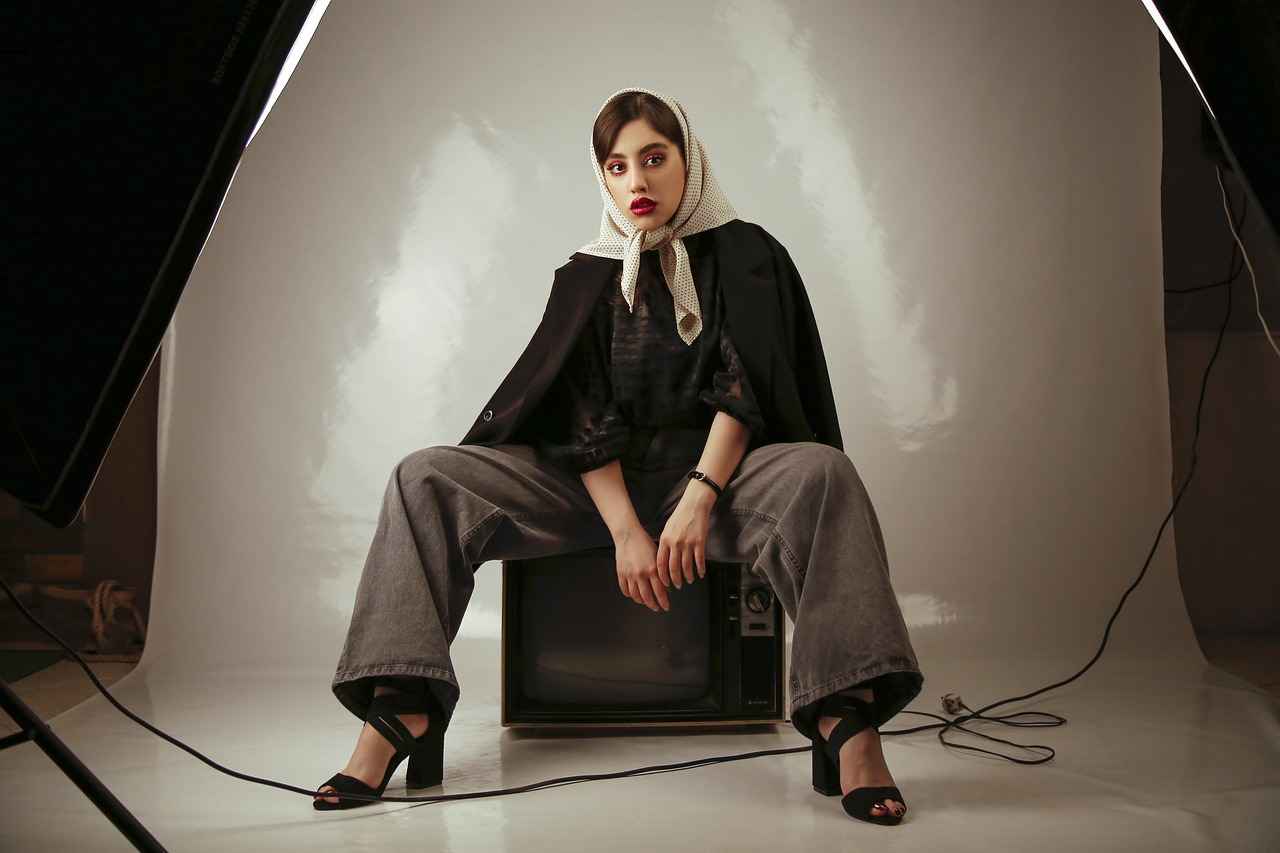
4. How to Wear a Kimono
Wearing a kimono correctly is essential for both style and comfort. This traditional Japanese garment is not just a piece of clothing; it is a representation of culture and artistry. Here, we present a step-by-step guide on how to properly wear and style a kimono, ensuring that you feel both elegant and comfortable.
- Step 1: Choose the Right Kimono
- Consider the occasion and season when selecting your kimono. For formal events, opt for a Tomesode, while a Yukata is perfect for casual summer outings.
- Step 2: Prepare Your Undergarments
- Wear a kimono undergarment called juban to prevent the kimono from getting soiled and to provide a smooth silhouette.
- Step 3: Put on the Kimono
- Start by slipping the kimono over your shoulders, ensuring the back is even. The left side should always overlap the right side.
- Step 4: Secure the Kimono
- Use a obi (wide belt) to cinch the waist. Wrap it around your waist and tie it securely at the back. You can choose different styles of knots to suit your preference.
- Step 5: Add Accessories
- Enhance your look with accessories like obijime (cords) and haneri (collars) to add a touch of elegance.
- Step 6: Final Adjustments
- Make sure the kimono fits comfortably. Adjust the sleeves and hem to ensure they are not dragging on the ground and that you can move freely.
By following these steps, you can wear a kimono with confidence and grace, celebrating its beauty and cultural significance. Whether you are attending a festival, a wedding, or simply enjoying a day out, wearing a kimono correctly will enhance your overall experience.
4.1 Kimono Accessories
Accessories play a crucial role in completing the kimono look, enhancing both style and cultural significance. Understanding these essential items can transform an outfit from ordinary to extraordinary.
- Obi: The obi is a wide belt worn around the waist, serving as the centerpiece of the kimono ensemble. It comes in various styles, such as obiage and obijime, each adding a unique flair. The choice of obi can significantly impact the overall aesthetic, with options ranging from ornate to minimalist designs.
- Obijime: This is a decorative cord that is tied around the obi. The obijime not only secures the obi in place but also adds a layer of elegance. Typically made from silk, it can feature intricate patterns and colors that complement the kimono.
- Haneri: The haneri is a detachable collar worn with the kimono, often made from a contrasting fabric. This accessory allows for personalization and can be changed according to the season or occasion, enhancing the kimono’s overall appeal.
- Tabi: These are traditional split-toe socks worn with kimono. Tabi are typically made from cotton or silk and come in various colors and designs, contributing to the outfit’s overall harmony.
- Zori: Zori are traditional sandals worn with kimono. Made from materials like straw or fabric, they are designed for comfort and style, completing the look.
The right combination of these accessories can elevate a kimono outfit, making it suitable for various occasions, from casual outings to formal ceremonies. Understanding how to choose and style these items is essential for anyone looking to embrace the beauty of traditional Japanese attire.
In conclusion, accessories are not merely add-ons; they are integral to the kimono’s presentation and cultural expression. By carefully selecting and coordinating these items, one can truly honor the art of wearing a kimono.
4.2 Layering Techniques
Layering techniques in kimono fashion can transform your look, allowing you to express your personal style while honoring traditional aesthetics. This artful approach not only enhances your outfit but also offers practical benefits such as warmth and versatility.
To master the art of layering, consider the following techniques:
- Base Layer: Start with a lightweight kimono or a simple undergarment. This forms the foundation of your outfit and can be made from breathable fabrics like cotton or silk.
- Mid Layer: Add a more ornate kimono or a jinbei (a traditional Japanese outfit). Choose contrasting colors or patterns to create visual interest. For example, pairing a floral pattern with a solid color can make both pieces stand out.
- Outer Layer: Incorporate a haori, a traditional jacket, to add depth and sophistication. This layer can be longer or shorter, depending on your overall look. Opt for a haori with unique embellishments or textures to elevate your outfit.
- Accessories: Don’t forget to accessorize! Incorporate an obi (belt) that complements your layers. A well-chosen obi can tie the whole look together while adding a pop of color.
When layering, it’s essential to balance the proportions and textures of each piece. Experiment with different combinations to find what works best for you. Remember, layering is not just about warmth; it’s about creating a unique, eye-catching ensemble that reflects your individuality.
For those looking to stand out, consider mixing styles, such as pairing a traditional kimono with modern pieces like a tailored jacket or contemporary accessories. This fusion can create a striking look that pays homage to tradition while embracing modern fashion.
In conclusion, mastering layering techniques in kimono fashion allows you to explore your creativity and enhance your wardrobe. With practice, you can develop a distinctive style that is both beautiful and functional.
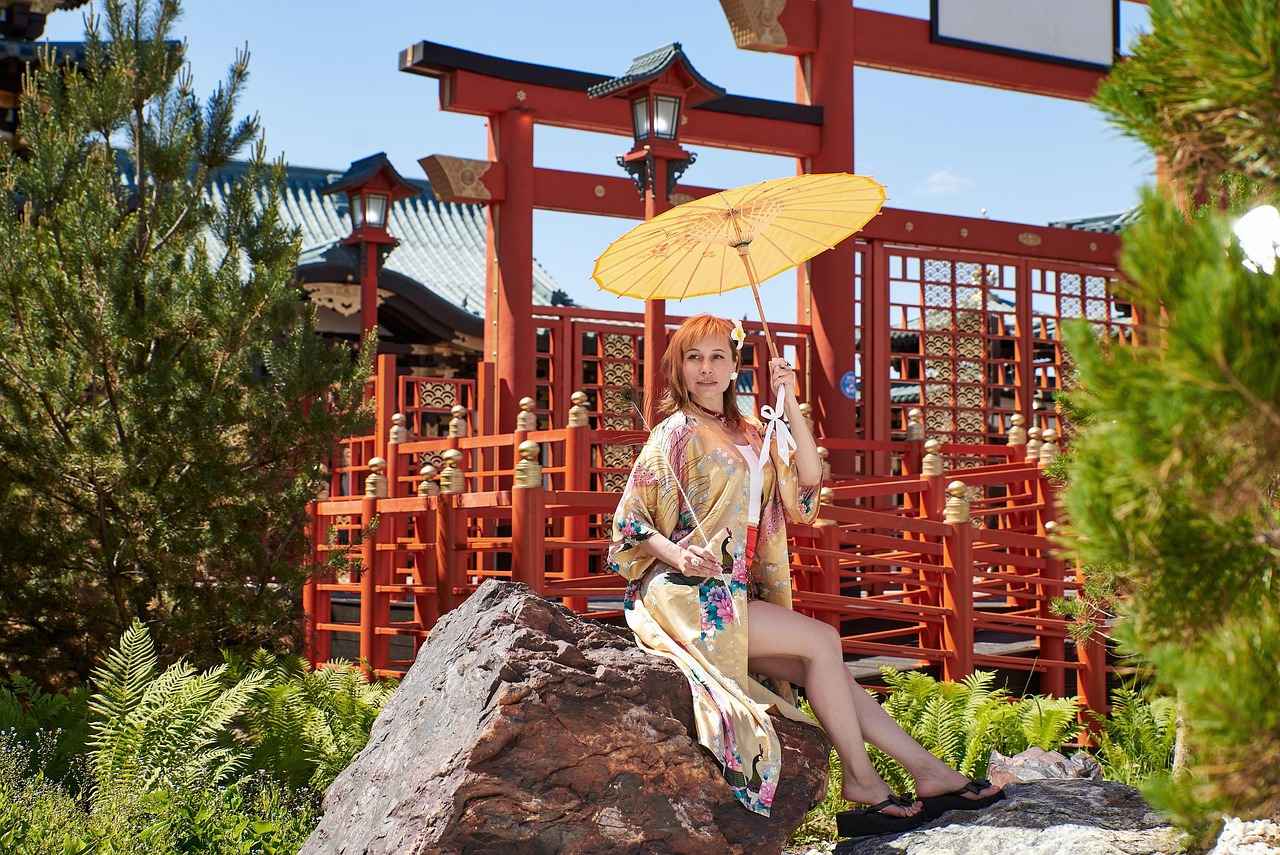
5. Caring for Your Kimono
Caring for your kimono is essential to ensure its longevity and maintain its beauty. With the right practices, you can preserve the intricate designs and fine fabrics that make kimonos unique. This section will provide you with detailed tips on cleaning, storage, and maintenance to keep your kimono in pristine condition.
- Cleaning Your Kimono
- Always check the care label before cleaning. Most kimonos, especially those made from silk, require dry cleaning to avoid damage.
- If you need to spot clean, use a soft cloth and a mild detergent. Test on a small area first to ensure there is no discoloration.
- For cotton kimonos, hand washing in cold water is often acceptable. Avoid wringing out the fabric to prevent creases.
- Storage Tips
- Store your kimono in a cool, dry place away from direct sunlight to prevent fading.
- Use a breathable garment bag or wrap your kimono in a cotton sheet to protect it from dust.
- Avoid folding your kimono for long periods. Instead, hang it on a padded hanger to maintain its shape.
- Maintenance Practices
- Regularly inspect your kimono for any signs of wear, such as loose threads or stains. Address these issues promptly to prevent further damage.
- Consider using a dehumidifier in your storage area to protect against mold and mildew, especially in humid climates.
- When wearing your kimono, be mindful of activities that may cause stains or tears, and handle the fabric gently.
By following these care tips, you can ensure that your kimono remains a cherished piece of your wardrobe for years to come. Proper care not only enhances the garment’s lifespan but also preserves its cultural significance.
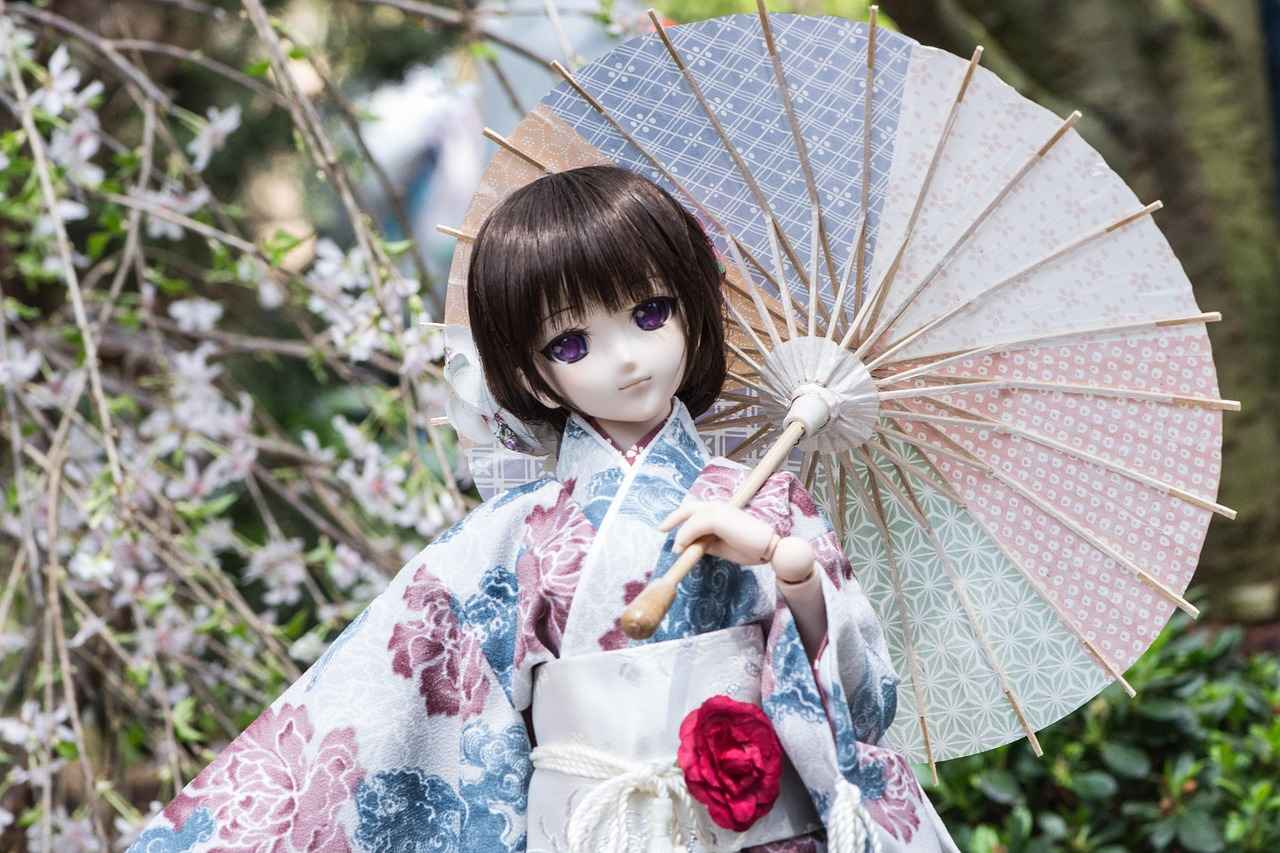
6. The Modern Kimono: Trends and Adaptations
The Modern Kimono: Trends and Adaptations
The kimono, a traditional Japanese garment, has undergone a remarkable transformation in recent years. As contemporary fashion evolves, designers are finding innovative ways to reinterpret the kimono while preserving its cultural significance. This section explores the various adaptations and trends that have emerged, making the kimono a staple in modern wardrobes.
- Fusion of Styles: Many designers are blending traditional kimono elements with modern fashion trends. This fusion often involves incorporating streetwear aesthetics, leading to unique pieces that appeal to a younger audience.
- Casual Wear: The rise of casual fashion has seen kimonos being styled as everyday wear. Lightweight fabrics and relaxed fits allow for easy layering over casual outfits, making them versatile for various occasions.
- Innovative Fabrics: While silk remains a classic, contemporary kimonos are now made from a variety of materials, including cotton blends and sustainable fabrics. This shift caters to the growing demand for eco-friendly fashion.
- Print and Pattern Evolution: Designers are experimenting with bold prints and modern patterns, moving away from traditional motifs. This evolution attracts a broader audience, appealing to those who appreciate unique and artistic designs.
- Global Influence: The kimono’s influence is not limited to Japan anymore. Fashion houses worldwide are drawing inspiration from this iconic garment, incorporating kimono-like silhouettes into their collections.
Despite these modern adaptations, the essence of the kimono remains intact. Many designers pay homage to traditional techniques, ensuring that the garment’s cultural heritage is respected. For instance, hand-dyed fabrics and artisanal craftsmanship continue to be celebrated in contemporary designs.
As the kimono continues to adapt to modern fashion, it serves as a reminder of the rich cultural history it embodies. By embracing both tradition and innovation, the kimono remains a timeless piece that resonates with fashion enthusiasts around the globe.
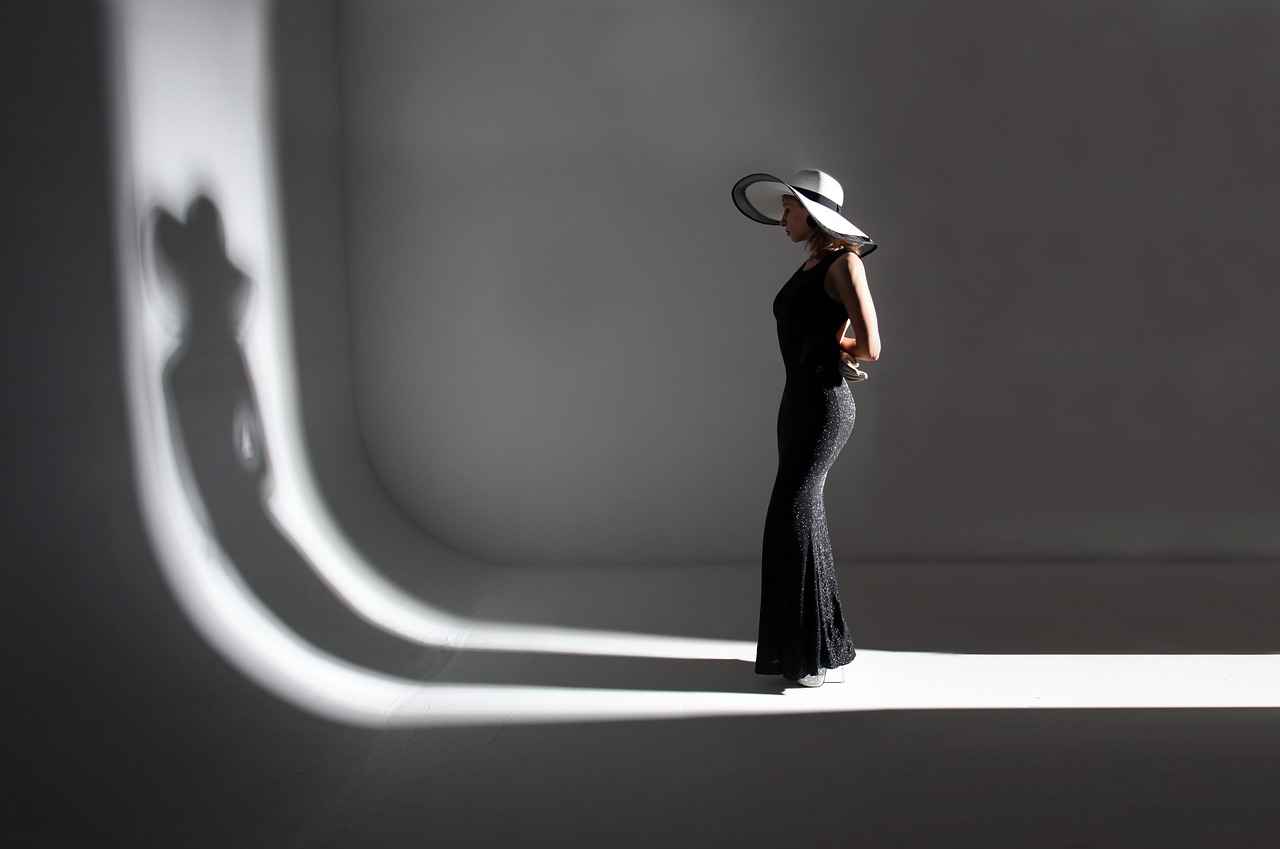
7. Where to Buy Kimonos
Finding the perfect kimono can be a delightful experience, blending tradition with personal style. Whether you are a seasoned enthusiast or a newcomer to the world of kimonos, knowing where to purchase authentic pieces is essential. This section highlights reputable stores and online platforms that specialize in offering high-quality kimonos.
When searching for a kimono, it is crucial to consider the authenticity of the product. Here are some recommended places to explore:
- Specialty Kimono Stores: Many cities have dedicated kimono shops that offer a wide range of styles and fabrics. These stores often provide personalized assistance, helping you find the perfect fit and design.
- Online Retailers: Websites like Etsy and Amazon feature numerous sellers offering authentic kimonos. Look for shops with high ratings and positive reviews to ensure quality.
- Japanese Department Stores: If you have access to a Japanese department store, such as Takashimaya or Marui, you can find a variety of kimonos, often with knowledgeable staff to assist you.
- Second-hand Shops: Thrift stores or vintage shops can be treasure troves for unique kimonos at affordable prices. Always check the condition and authenticity before purchasing.
- Local Festivals and Markets: Many cultural festivals showcase traditional Japanese attire. Attending these events can provide opportunities to purchase kimonos directly from artisans.
Before making a purchase, it’s wise to research the store’s reputation and read customer reviews. This ensures that you are investing in a quality garment that honors the rich tradition of kimono-making. Whether you choose to shop in-person or online, the journey to finding your ideal kimono can be as rewarding as wearing it.

8. Conclusion: Embracing the Kimono
The kimono is a timeless garment that transcends mere fashion; it is a profound symbol of Japanese culture and heritage. This elegant attire has been worn for centuries, representing not only a style of clothing but also a rich tapestry of history, tradition, and art. By incorporating a kimono into your wardrobe, you are not just wearing a piece of clothing; you are embracing a legacy that has been cherished through generations.
The significance of the kimono lies in its intricate designs and the stories they tell. Each pattern and color choice is imbued with meaning, often reflecting the seasons, nature, or even the wearer’s status and life events. For instance, the vibrant colors of a Furisode symbolize youth and vitality, while the subtle elegance of a Tomesode speaks to maturity and grace.
Incorporating a kimono into your wardrobe can be a delightful journey. You can start with a Yukata, perfect for summer festivals, which is both comfortable and stylish. As you become more familiar with kimonos, consider expanding your collection to include various styles suitable for different occasions, such as weddings or formal gatherings.
Moreover, kimonos can be styled in numerous ways, allowing for personal expression while respecting tradition. Pairing a kimono with modern accessories can create a unique look that honors its heritage while appealing to contemporary fashion sensibilities. This blend of old and new not only enhances your outfit but also showcases your appreciation for Japanese culture.
Ultimately, wearing a kimono is about more than just aesthetics; it is about celebrating a rich cultural identity. By choosing to wear a kimono, you are participating in a tradition that has shaped the lives of many. Embrace its beauty, significance, and the stories it carries, and allow it to become a cherished part of your wardrobe.
Frequently Asked Questions
- What is the difference between Furisode and Tomesode kimonos?
The Furisode is characterized by its long sleeves and vibrant colors, typically worn by young unmarried women for special occasions. In contrast, the Tomesode features shorter sleeves and is more formal, usually worn by married women at events like weddings.
- How do I choose the right kimono for an occasion?
When selecting a kimono, consider the event’s formality, the color, and the patterns. For formal events, opt for a Tomesode, while a Furisode is perfect for celebrations like Coming-of-Age Day. Always keep the significance of the design in mind!
- What fabrics are commonly used in kimonos?
Kimonos are made from various fabrics, including luxurious silk, which is ideal for formal occasions, and lightweight cotton, perfect for casual wear. Synthetic options are also available, offering affordability and easy maintenance.
- How do I properly wear a kimono?
Wearing a kimono involves several steps, including putting on the garment, adjusting the obi (belt), and adding accessories like obijime (decorative cords). Following a step-by-step guide can help ensure you achieve the perfect look!
- What are some tips for caring for my kimono?
To keep your kimono in pristine condition, it’s essential to follow proper cleaning and storage methods. Always check the care label, and consider dry cleaning for silk kimonos. Store them in a cool, dry place to prevent damage.
